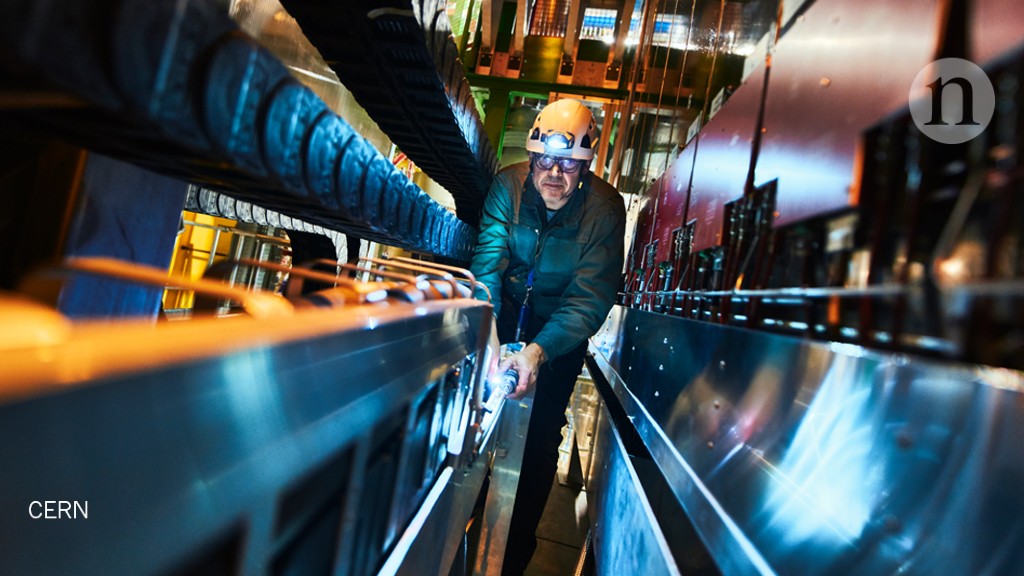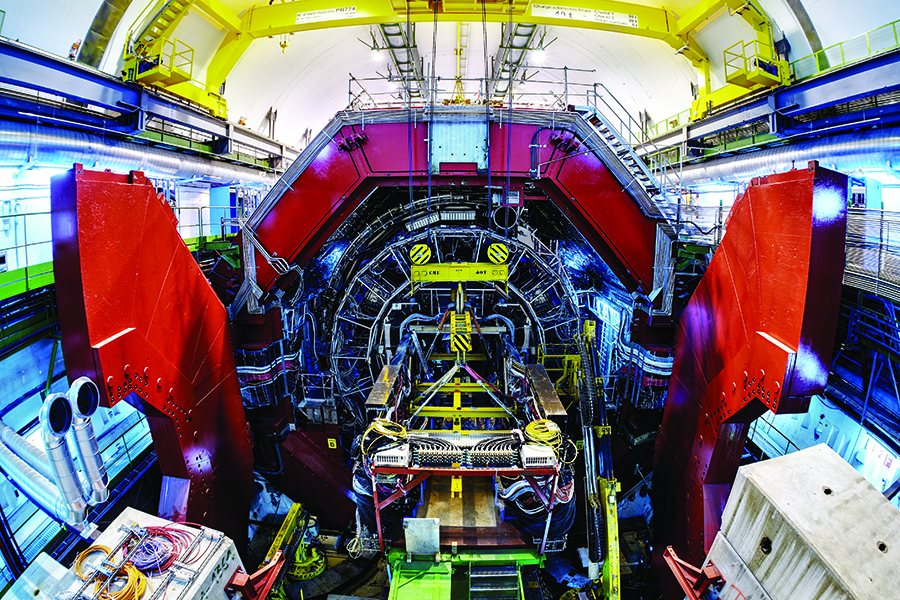
Scientists will then be able to study the elusive Higgs Boson particle in detail.īritish scientist Peter Higgs poses in front of a photographic image of the Atlas detector at the Science Museum in London (Image: Reuters)įor those unaware, Higgs Boson is an elementary particle in the Standard Model of particle physics. With such a production of Higgs Boson, the collider will operate as a "Higgs Factory". For this, the collision energies will be tuned as such to maximize the production of Higgs Bosons. In its first phase, the collider is meant to smash electrons with positrons. There are two broad goals to be achieved through the experiment. In comparison, the Large Hadron Collider, currently the most powerful accelerator in the world, attains 16 TeV of collision energy while colliding protons. The new machine thus built, is projected to reach collision energies of 100 teraelectronvolts (TeV). In the latter half of the century, the machine would be dismantled and a proton-proton collider would be built instead. First, CERN would build an electron-positron collider to understand the Higgs Boson in detail. (Image: CERN)Įuropean Strategy for Particle Physics Update, the document highlighting the approval for the project, also mentions the two stages of development of the collider. Large Hadron Collider (LHC) tunnel during the second long shutdown (LS2). “I think it’s a historic day for CERN and particle physics, in Europe and beyond,” CERN director-general Fabiola Gianotti said after the council vote.

Meanwhile, all alternative options as possible projects can now be discarded. CERN can now singularly focus on designing the planned collider and researching its feasibility.

Though the approval does not mean a final go-ahead for the project, it certainly does narrow down the efforts to be made next. “This is a major step, to get the countries of Europe to say ‘Yes, this is what we would like to happen’,” says Llewellyn-Smith, a physicist at the University of Oxford, UK, as quoted in a report by Nature. With the decision zeroed down to the super-collider, CERN Council has now made a unanimous statement. Till now, there had been varying ideas at CERN for the successor of the Large Hadron Collider. The Earth is still intact and thanks to the collider, François Englert and Peter Higgs now have a Nobel Prize in physics. If you recall, this is the same collider that raised the false fear of the earth being destroyed upon conducting experiments in it.

Once completed, the super-collider will be a successor to the CERN’s world famous scientific project - the Large Hadron Collider. To be built in an underground tunnel near CERN’s headquarters in Geneva, Switzerland, the super-collider is expected to be operational by the middle of the century. The super machine is meant to collide electrons with their antimatter partners, positrons. The CERN Council unanimously endorsed the decision for a super-collider on 19 June. The new project is a 100-kilometre long machine that will possibly uncover the secrets of the universe, specifically those of Higgs Boson. CERN, the European research organisation that currently operates the largest particle physics laboratory in the world, has decided to take up another mammoth scientific project under its wings.


 0 kommentar(er)
0 kommentar(er)
